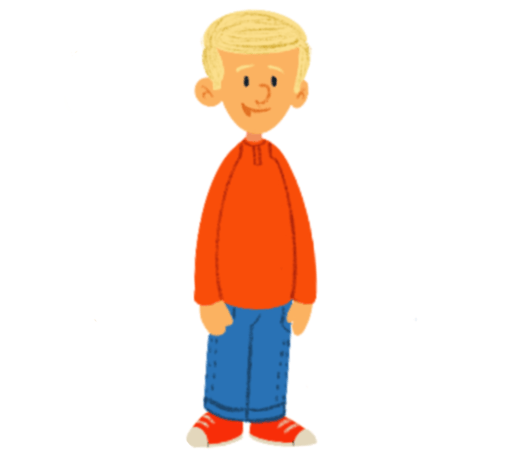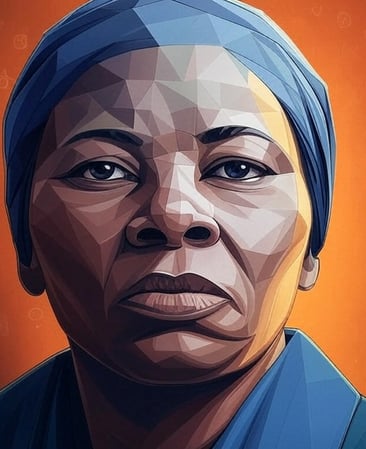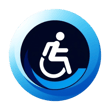Visual Accessibility


Hey, welcome to Visual Accessibility! A visual impairment is when someone is totally blind or has partial vision loss. Have you ever met a person that has a visual disability? How did you approach them? If you're unsure, that's okay! In this page, you'll be able to understand how to approach people with a visual impairment and how you can help them.
Did You Know?
That 18.4% of adults over 18 in the U.S. have a visual impairment (NCHS Interactive Statistics 2024) and around 6.8% of children in the US alone have a poor vision condition.


How to approach a person who is blind?
Whenever you approach someone who is blind, make sure to keep these in mind
DO's
When first approaching them, introduce yourself (Ex. Hello, my name is ____)
Speak directly to the person in a normal way
Use description when talking about something specifically (Texture, Shape, etc.)
When walking with them, make sure to give them directions (Left, Right, Straight)
Provide any assistance that the person may need when asked
Allow the person to hold your arm if they need it
Do tell the person when to go up or down the stairs
DONT's
Don't shout while you talk to the person, they most likely have good hearing
Don't be afraid to say 'blind' or 'can't see'
Don't insist on helping the person if they don't ask you
When giving directions, don't say 'go this way' and point at the direction
Don't grab the person by the shoulder, arm, or hand and try to steer them
Don't interact (pet, feed, or distract) the person's guide dog
Don't pull the person's cane and try to guide them
If you want to learn more, click on the website below (The do's and don'ts are from this website - https://www.dhs.wisconsin.gov/obvi/adjustment/dos-donts.htm - link is attached in the button):
Technology
There are multiple technologies that can help a person with a visual disability. These such technologies are called assistive technology (AT). Here are some AT's available:
Screen Readers (JAWS or NVDA) that use Alt Text, which are words that briefly describe an image
VoiceOver (For MacBook or iOS devices)
TalkBack (For Android)
Braille Displays (Textured letters that people can feel)
Lenses/Glasses
Color contrasts for people who have color blindness
Famous people with visual impairments




Johnny Depp Galileo Galilei Harriet Tubman


